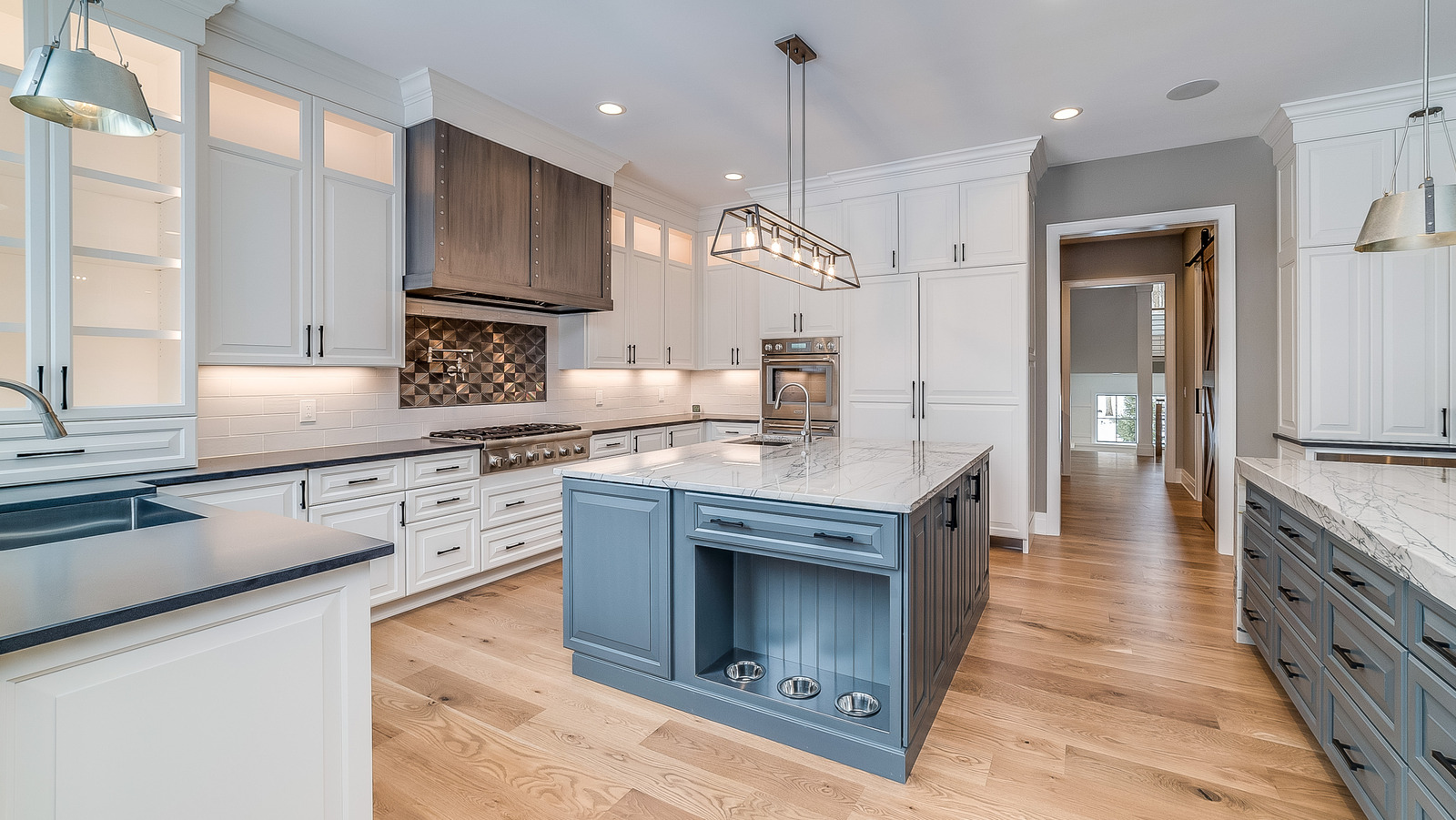The kitchen is undoubtedly the heart of the home. This is true no matter what your kitchen looks like, how teeny or large its footprint, or how modern or well-loved the appliances. However, there is a specific yet impactful design principle that makes the flow and feng shui of this important room much better. It’s the triangle rule of kitchen design — a concept you’re either already a disciple of or that’s about to change the way you look at kitchens forever.
The basics of this long-held design rule establish that a well laid-out kitchen should allow a home cook to easily navigate and flow between the three starring components of the space: the stove, the cooktop, and the fridge. Meaning, if you were to trace the layout of your kitchen, you should be able to draw a triangle between these three stations without being interrupted by hurdles like kitchen islands, appliances, or tables. The rule goes on to advise not just the arrangement of these stations, but their distance from one another. In a perfect world, each triangle “leg” (the fridge and sink, the stove and fridge, and the sink and stove) should be between 4 and 9 feet long, so that no work area is too close or too far from another.
Like all rules, there are exceptions
Professional chefs optimize the layout of their kitchens to save precious seconds and ensure a crew can move around with maximum ease. But you don’t have to be tossing skillets like a pro or yelling “yes chef!” to deserve a kitchen that makes cooking as joyful and convenient as possible. After all, what good is having an Instagrammable Smeg fridge or the most gorgeous creamy quartz or granite kitchen counter if you’re constantly experiencing kitchen traffic jams or having to trek all the way across the room to get from the stove to the fridge?
Of course, as important for flow as this triangle rule is, there are exceptions. For example, if you have a galley kitchen, the linear layout may rule out the triangular arrangement. Same goes if your kitchen is particularly tiny, or if you have “extras” like a double sink, a separate cooktop and wall oven, or a hidden fridge in a butler’s pantry. The rule is meant to be helpful, not confining, so don’t give up your design dreams trying to force a square into a round — er, triangular — hole. After all, rules — they’re meant to be broken. Having said that, if you’re staring down the face of a major upcoming kitchen reno or changing up the space’s floor plan, following the old-school triangle rule is one of the very best ways to ensure your kitchen works with you, not against you.






